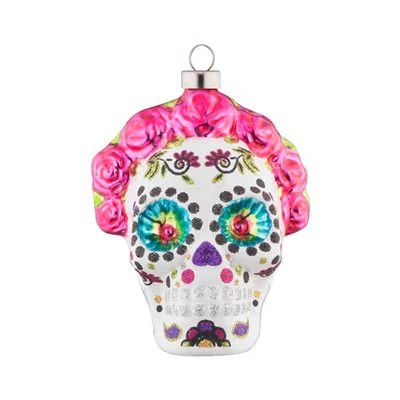Be sure to listen for our confirmation call for a quicker shipment of your purchase.
When you're making your list and checking it twice, make sure to note that December 17 is the holiday shipping deadline for Ground Advantage with USPS.
Decorating your Christmas trees, Christmas garlands, and Christmas wreaths requires the best ornaments. The holiday isn't quite complete without unpacking cherished ornaments that remind us of cherished family memories and the symbolism of the reason for the season.
But how did ornaments come to play such a large role in our Christmas experiences?
The History of Christmas Ornaments
Back when Christmas first began, churches would perform Passion Plays on Christ's Mass. Passion Plays are acted plays depicting stories from the Bible. Nowadays, we specifically think of performances depicting the crucifixion of Jesus as Passion Plays, but the term can be used for any stories of the life of Jesus or in the Bible.
One popular play in early Christmas Mass services was the story of the Garden of Eden. In the bleak midwinter, there weren't many trees or fruit that looked nice enough to depict the Tree of the Knowledge of Good and Evil. They needed an evergreen. So, they chose a pine tree. They needed a fruit that would stand out against the dark green of a pine tree that was either in season or had a decent shelf life. So, they chose the apple (and sometimes the pomegranate).
This is why most people associate apples (and sometimes pomegranates) with the forbidden fruit of the tree in the Garden of Eden even though the fruit is not described as being anything like an apple or pomegranate.
Devout Christians decided to display trees decorated with apples or pomegranates in their homes to remind themselves and their families of the accounts in Genesis.
The idea of decorating a tree indoors took off and spread across Germany. In the 1800s, German immigrants brought the tradition to America, who made their own interpretations. Early ornaments were made out of whatever items that families had available to them – fruit (especially apples), nuts, strings of popcorn and cranberries, paper streamers, candles, and metal foil.
Hans Greiner started making glass ball ornaments (called baubles) during the 1800s, which became the first manufactured Christmas ornaments. In the late 19th century, the enterprising F.W. Woolworth brought the idea to America, where he sold more than $25 million worth per year.
The round shape and red color of the bauble originates from the original ornaments - apples.

Be sure to listen for our confirmation call for a quicker shipment of your purchase.
When you're making your list and checking it twice, make sure to note that December 17 is the holiday shipping deadline for Ground Advantage with USPS.
